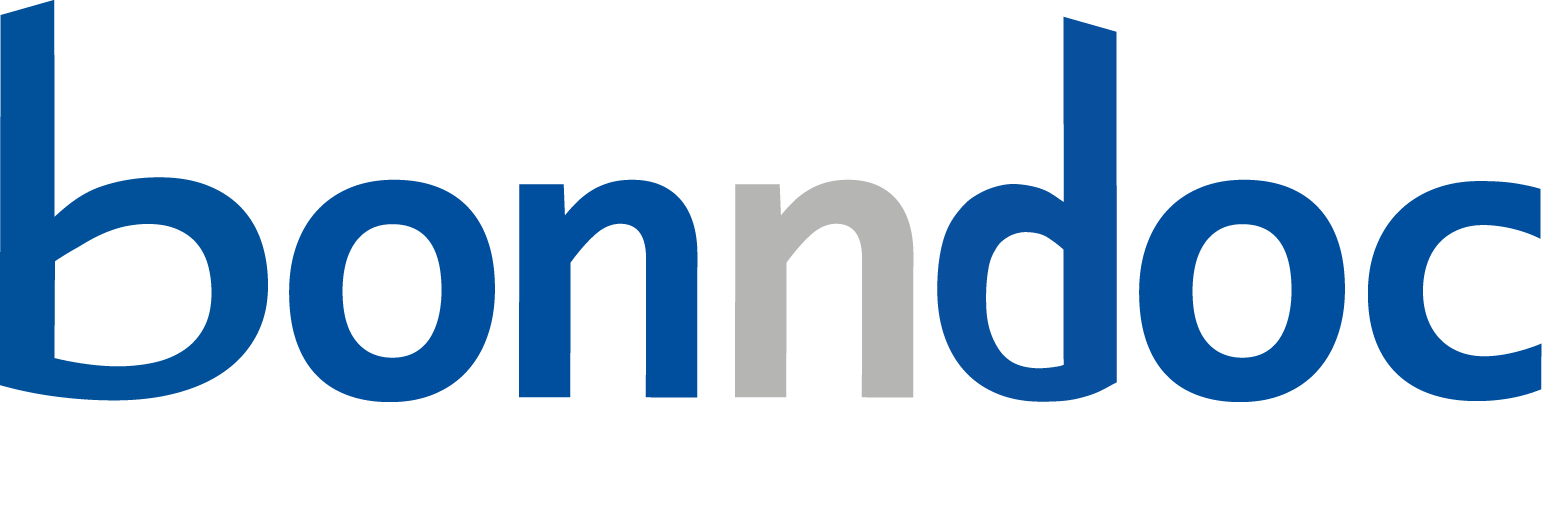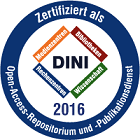Schulz, Kirsten: Influence of body condition and dietary energy supply on lipolysis, ketogenesis and immune system of periparturient dairy cows with special regard to dipeptidyl peptidase-4. - Bonn, 2016. - Dissertation, Rheinische Friedrich-Wilhelms-Universität Bonn.
Online-Ausgabe in bonndoc: https://nbn-resolving.org/urn:nbn:de:hbz:5n-43539
Online-Ausgabe in bonndoc: https://nbn-resolving.org/urn:nbn:de:hbz:5n-43539
@phdthesis{handle:20.500.11811/6609,
urn: https://nbn-resolving.org/urn:nbn:de:hbz:5n-43539,
author = {{Kirsten Schulz}},
title = {Influence of body condition and dietary energy supply on lipolysis, ketogenesis and immune system of periparturient dairy cows with special regard to dipeptidyl peptidase-4},
school = {Rheinische Friedrich-Wilhelms-Universität Bonn},
year = 2016,
month = jul,
note = {The increased energy requirements and the decreased dry matter intake during late gestation and early lactation, in particular relative to the requirement, cause a catabolic state in the dairy cow, characterized by a distinct negative energy balance (NEB). During NEB increased concentrations in blood of non-esterified fatty acids (NEFA) are detectable. Subsequently, ketone bodies are produced in the liver. β-hydroxybutyrate (BHB) is the most stable ketone body in blood, therefore it is usually used to define a ketotic status, with 1.2 mM BHB in serum suggested as cut-off point for subclinical ketosis. The aim of the present dissertation was to induce subclinical ketosis in lactating cows to test potential therapeutical or prophylactic measures. Owing to a body condition score (BCS) of at least 3.0 six weeks before calving, a high energy diet ante partum (concentrate proportion of 60%) and a decreased energy supply post partum, 80% of the cows developed ketosis (81% subclinical, 19% clinical ketosis). The success of the animal model allowed for a well-controlled observation of different variables, related to metabolism and the immune system. Cows of subclinical ketosis had higher blood concentrations of NEFA, BHB and liver function enzymes, as well as higher liver lipid contents (e.g. 154 mg/g in the 2nd week post partum) than cows which were fed adequately and stayed metabolically healthy during the experimental trial. Moreover, subclinically ketotic cows had higher milk yields (Δ = 4.4 kg/day) and a fat:protein ratio in milk > 1.5, which also coincides a high lipolysis. Variables about immune function were slightly influenced by the ketotic metabolism. In in vitro tests peripheral blood mononuclear cells (PBMC) of cows not pre-stressed by ketosis in vivo responded more sensitively to increased concentrations of BHB as evidenced by both, the proliferative capability and the increased release of nitric oxide in the PBMC supernatant. The results indicate that even slightly diminished immune cell reactions might imply an immunosuppression during periparturient period and confirmed statements that beside NEFA, BHB also elicits effects on immune cells.
For further investigations and in relation to find new possibilities for ketosis therapy, a dipeptidyl peptidase-4 (DPP4) inhibitor (BI 14332) was tested. The inhibition of DPP4 via specific inhibitors is known to result in improved insulin sensitivity and decreased accumulation of hepatic fat in rodents and type II diabetic human patients. With first occurrence of serum BHB concentrations ≥ 1.2 mM BI 14332 was administered daily for 7 days (intravenous, 0.3 mg/kg body weight). The treatment did not alter the main markers of ketosis (BHB, liver lipid content), but NEFA and triglyceride concentrations in blood were decreased after the treatment. Therefore, a positive impact on the pathways of energy metabolism, resulting in a reduced NEB-induced lipolysis may be assumed. Furthermore, the results suggest that the DPP4 inhibition acts also at cellular level. The increase in the lymphocyte CD4+/CD8+ ratio for treated versus untreated cows was less strong and indicated that the peripartal immune dysregulation of ketotic cows may be positively modulated by BI 14332. A moderate correlation between NEFA and the CD4+/CD8+ ratio (r = 0.40) clarified how close changes at the biochemical level are connected to immune dysregulation.},
url = {https://hdl.handle.net/20.500.11811/6609}
}
urn: https://nbn-resolving.org/urn:nbn:de:hbz:5n-43539,
author = {{Kirsten Schulz}},
title = {Influence of body condition and dietary energy supply on lipolysis, ketogenesis and immune system of periparturient dairy cows with special regard to dipeptidyl peptidase-4},
school = {Rheinische Friedrich-Wilhelms-Universität Bonn},
year = 2016,
month = jul,
note = {The increased energy requirements and the decreased dry matter intake during late gestation and early lactation, in particular relative to the requirement, cause a catabolic state in the dairy cow, characterized by a distinct negative energy balance (NEB). During NEB increased concentrations in blood of non-esterified fatty acids (NEFA) are detectable. Subsequently, ketone bodies are produced in the liver. β-hydroxybutyrate (BHB) is the most stable ketone body in blood, therefore it is usually used to define a ketotic status, with 1.2 mM BHB in serum suggested as cut-off point for subclinical ketosis. The aim of the present dissertation was to induce subclinical ketosis in lactating cows to test potential therapeutical or prophylactic measures. Owing to a body condition score (BCS) of at least 3.0 six weeks before calving, a high energy diet ante partum (concentrate proportion of 60%) and a decreased energy supply post partum, 80% of the cows developed ketosis (81% subclinical, 19% clinical ketosis). The success of the animal model allowed for a well-controlled observation of different variables, related to metabolism and the immune system. Cows of subclinical ketosis had higher blood concentrations of NEFA, BHB and liver function enzymes, as well as higher liver lipid contents (e.g. 154 mg/g in the 2nd week post partum) than cows which were fed adequately and stayed metabolically healthy during the experimental trial. Moreover, subclinically ketotic cows had higher milk yields (Δ = 4.4 kg/day) and a fat:protein ratio in milk > 1.5, which also coincides a high lipolysis. Variables about immune function were slightly influenced by the ketotic metabolism. In in vitro tests peripheral blood mononuclear cells (PBMC) of cows not pre-stressed by ketosis in vivo responded more sensitively to increased concentrations of BHB as evidenced by both, the proliferative capability and the increased release of nitric oxide in the PBMC supernatant. The results indicate that even slightly diminished immune cell reactions might imply an immunosuppression during periparturient period and confirmed statements that beside NEFA, BHB also elicits effects on immune cells.
For further investigations and in relation to find new possibilities for ketosis therapy, a dipeptidyl peptidase-4 (DPP4) inhibitor (BI 14332) was tested. The inhibition of DPP4 via specific inhibitors is known to result in improved insulin sensitivity and decreased accumulation of hepatic fat in rodents and type II diabetic human patients. With first occurrence of serum BHB concentrations ≥ 1.2 mM BI 14332 was administered daily for 7 days (intravenous, 0.3 mg/kg body weight). The treatment did not alter the main markers of ketosis (BHB, liver lipid content), but NEFA and triglyceride concentrations in blood were decreased after the treatment. Therefore, a positive impact on the pathways of energy metabolism, resulting in a reduced NEB-induced lipolysis may be assumed. Furthermore, the results suggest that the DPP4 inhibition acts also at cellular level. The increase in the lymphocyte CD4+/CD8+ ratio for treated versus untreated cows was less strong and indicated that the peripartal immune dysregulation of ketotic cows may be positively modulated by BI 14332. A moderate correlation between NEFA and the CD4+/CD8+ ratio (r = 0.40) clarified how close changes at the biochemical level are connected to immune dysregulation.},
url = {https://hdl.handle.net/20.500.11811/6609}
}






